Contents
- 1 Introduction Para 2-Sayaqoolu
- 2 A Deep Dive into Its Significance in the Qur’an
- 3 The Historical Context of “Sayaqoolu”
- 4 The Criticism: “Sayaqoolu” as a Reflection of Doubts
- 5 Divine Wisdom Behind the Change
- 6 Unity and Identity in “Sayaqoolu”
- 7 Tests of Faith in “Sayaqoolu”
- 8 Spiritual Lessons from “Sayaqoolu”
- 9 Conclusion
Introduction Para 2-Sayaqoolu
The Para 2 – Sayaqoolu سَيَقُولُ , also known as the second juz’ (section) of the Qur’an, begins with Surah Al-Baqarah, verse 142. This section is named after the first word of the verse, “Sayaqoolu,” which means “They will say.” The verse discusses the change in the direction of the Qiblah (the direction of prayer) from Jerusalem to the Ka’bah in Makkah. This shift was a significant event in the early Muslim community and a test of their obedience and faith. In this para, Allah addresses the objections raised by some Jewish and hypocritical communities regarding the change in the Qiblah and reminds believers that Allah’s guidance is the ultimate authority. The para also emphasizes important principles of faith, such as the purpose of prayer, fasting, and charity, while highlighting the unity of the Muslim community under the banner of Tawhid (the oneness of Allah). The messages in this para reinforce the importance of following divine commands, even when they may appear challenging or when others question their wisdom.
You can read Para 2 – Sayaqoolu سَيَقُولُ with tajweed rules in Arabic.


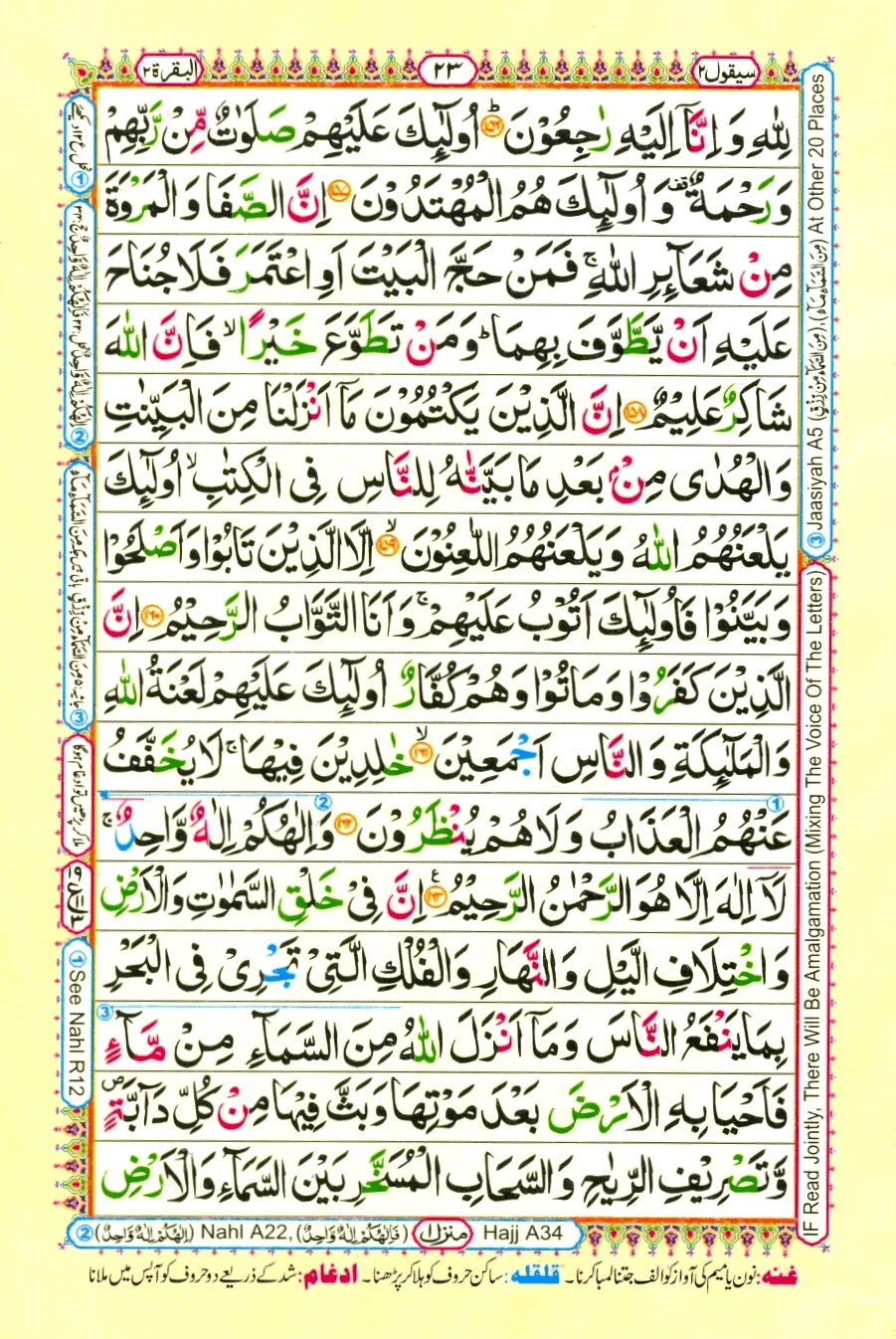

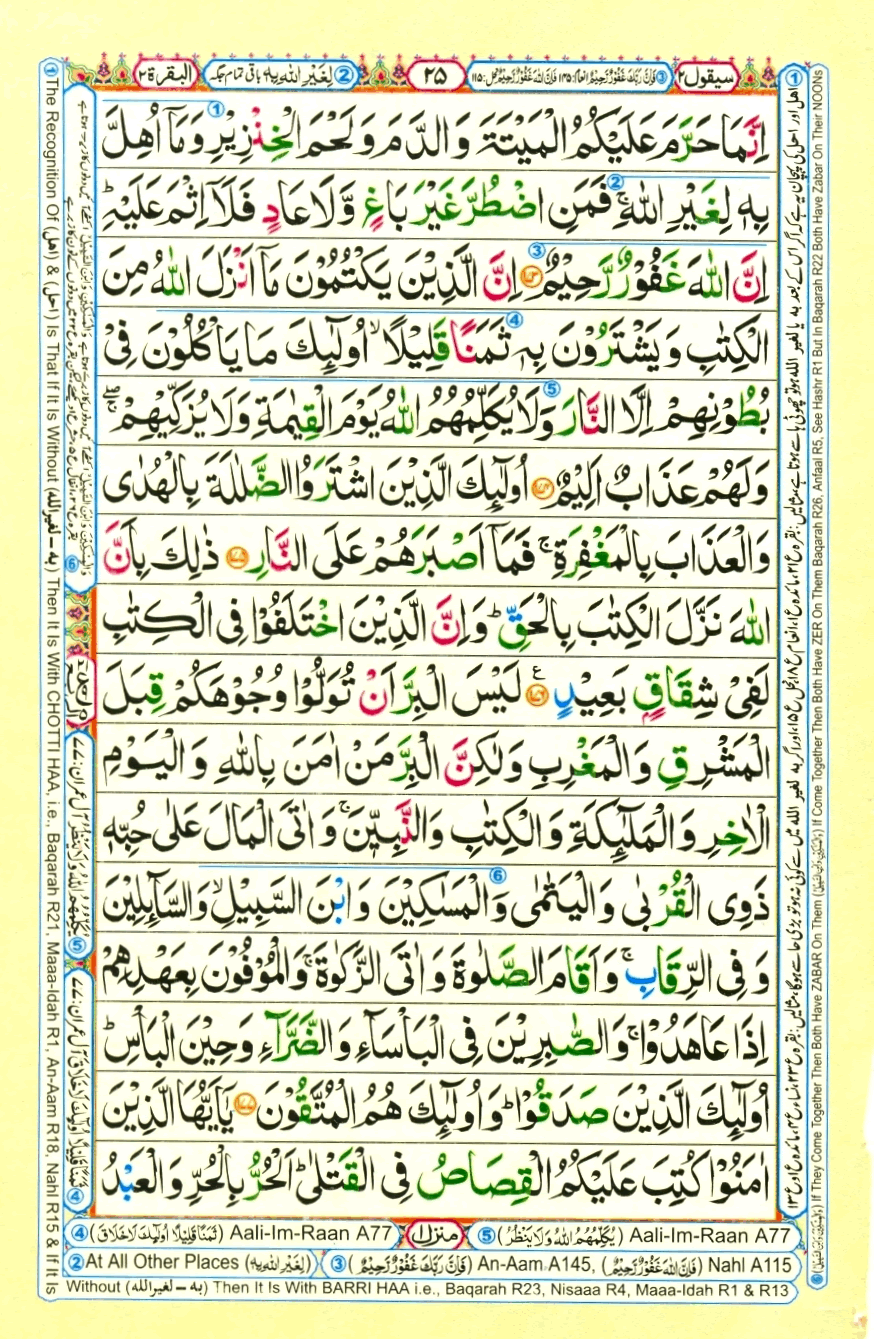

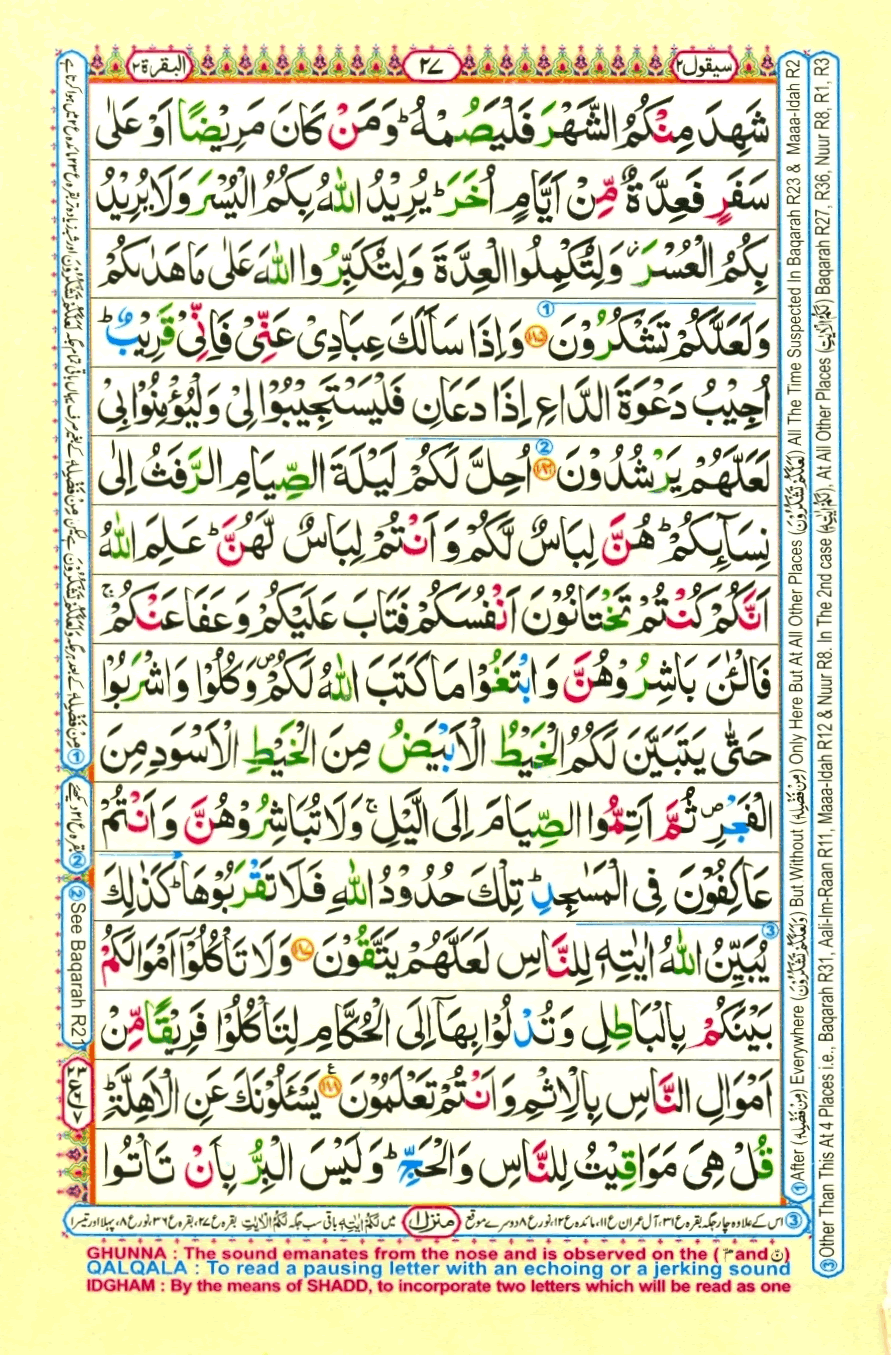


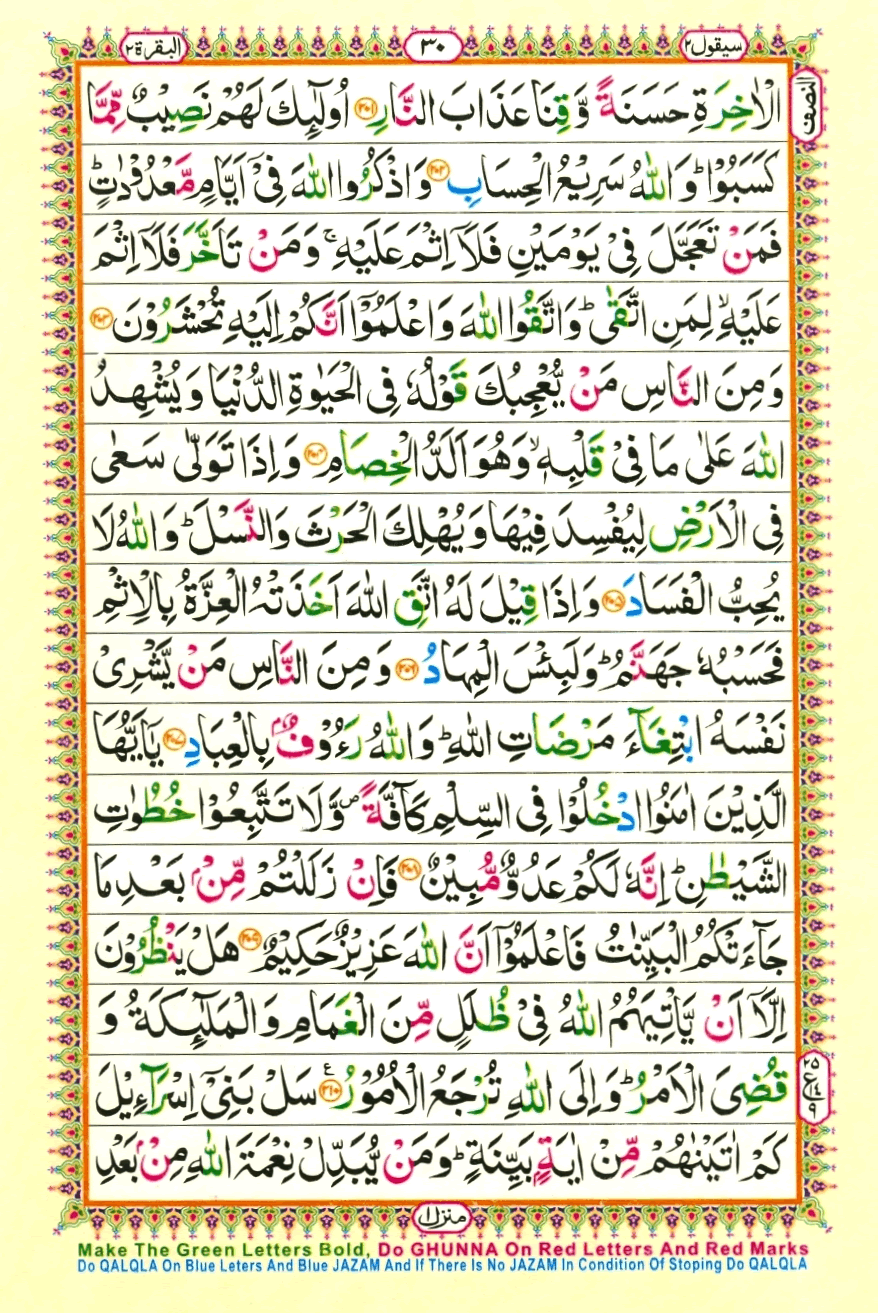

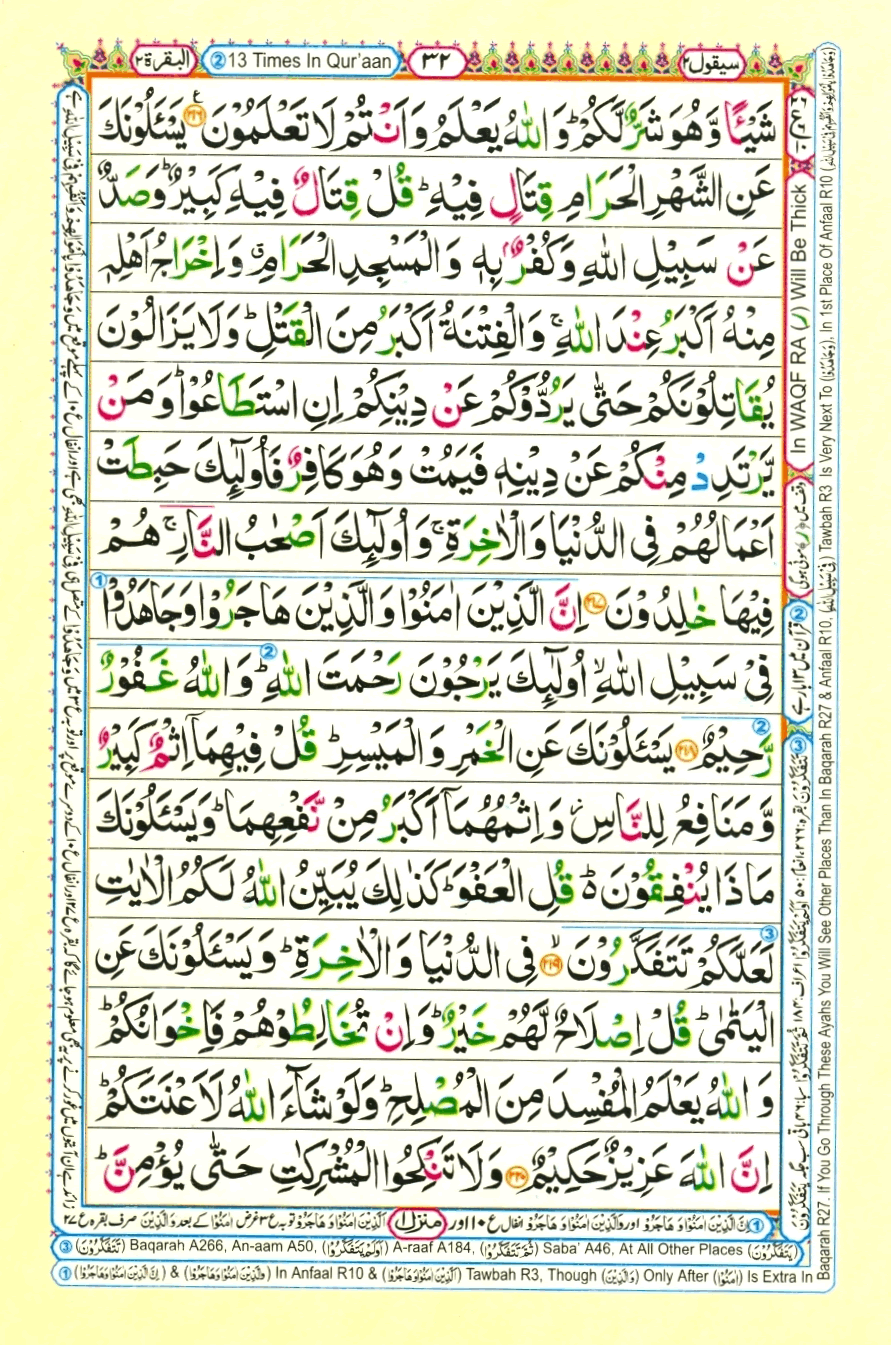
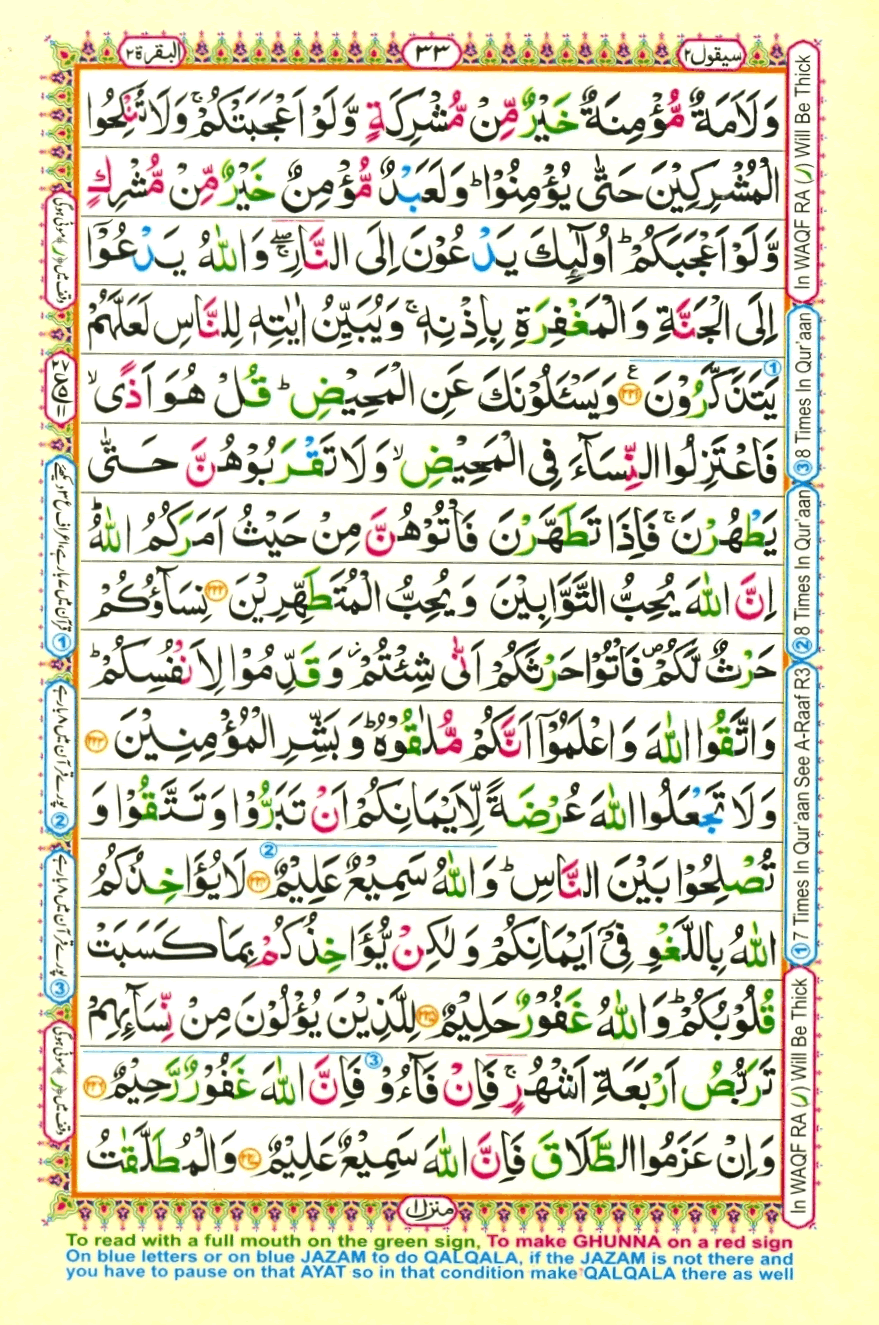

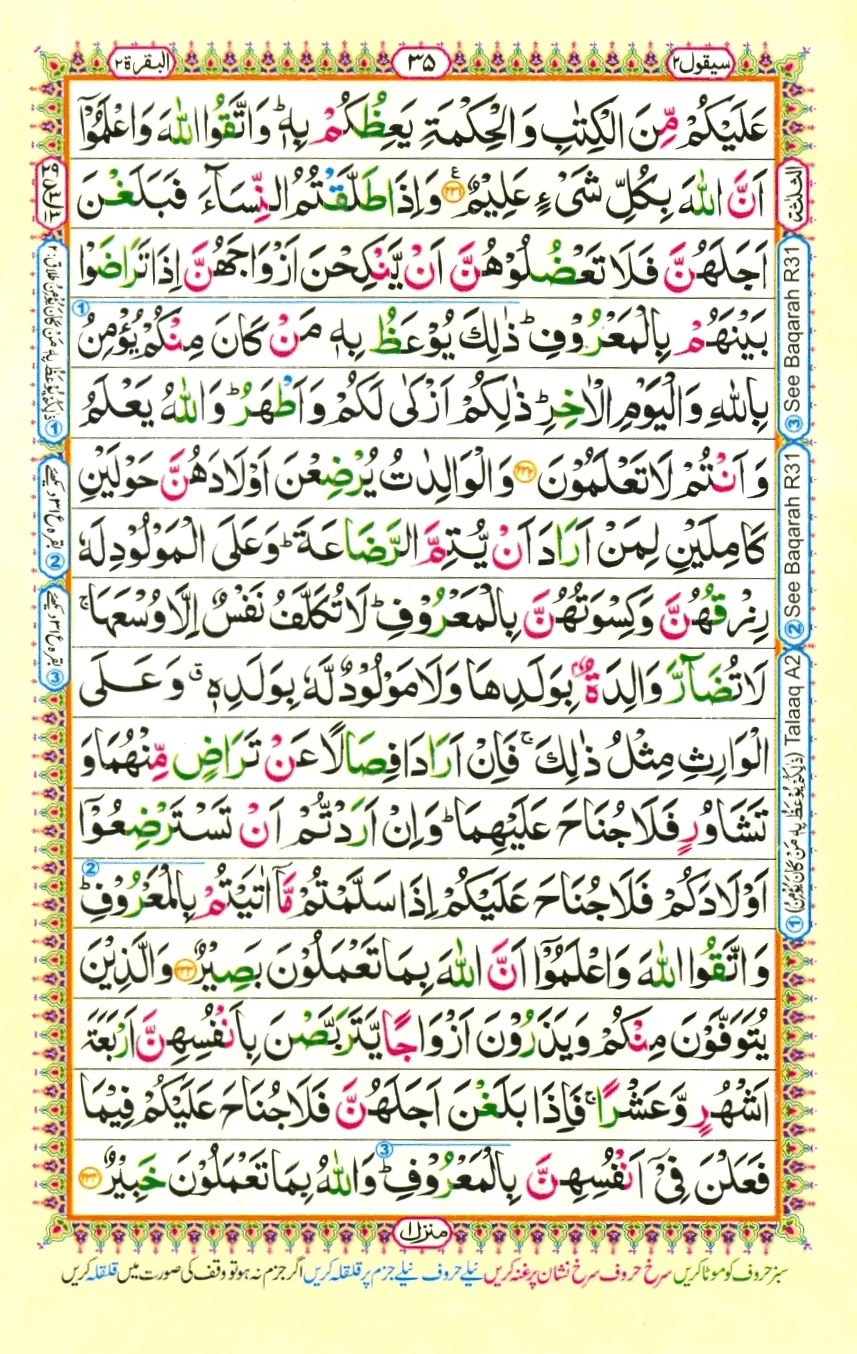
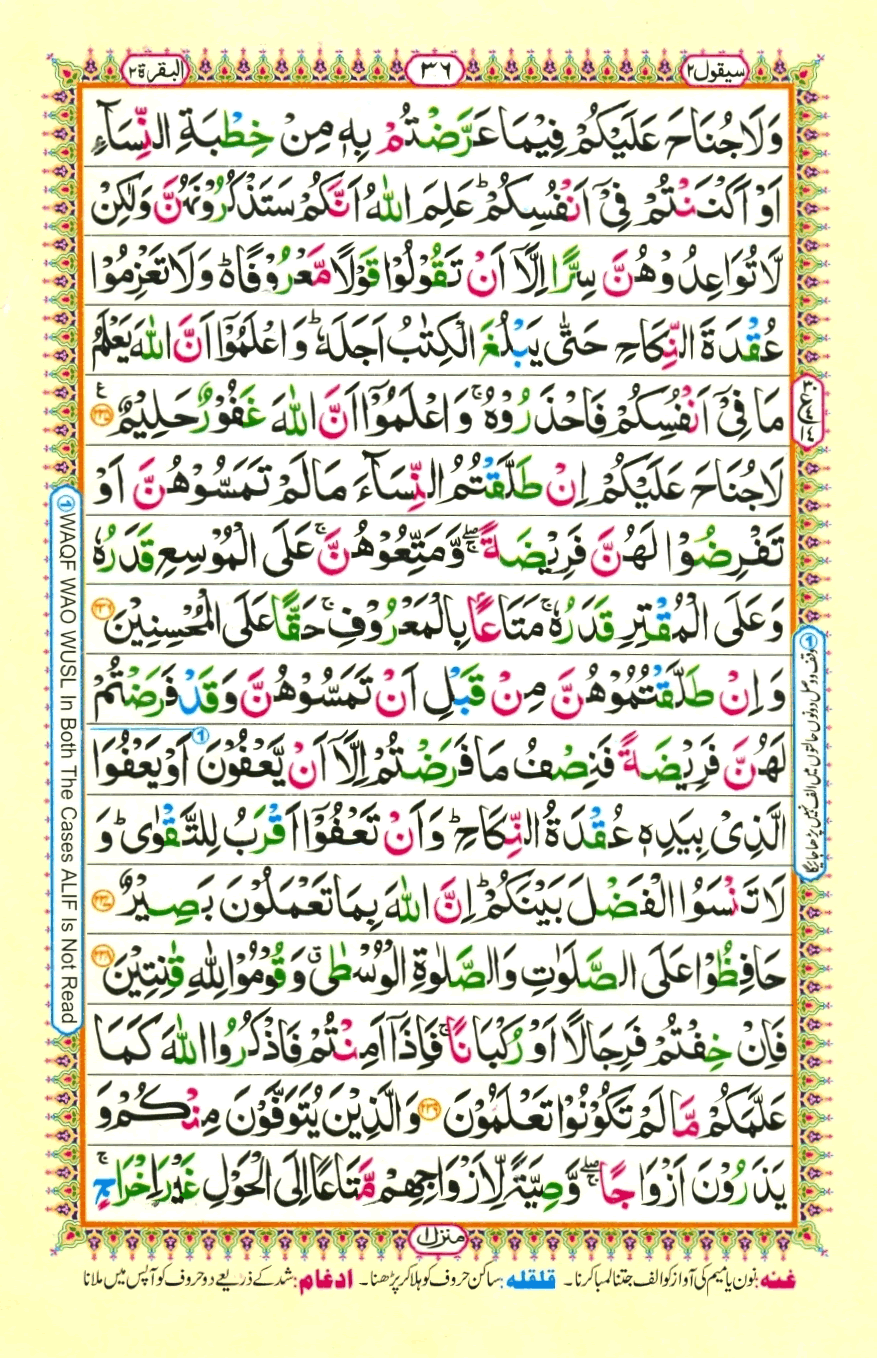

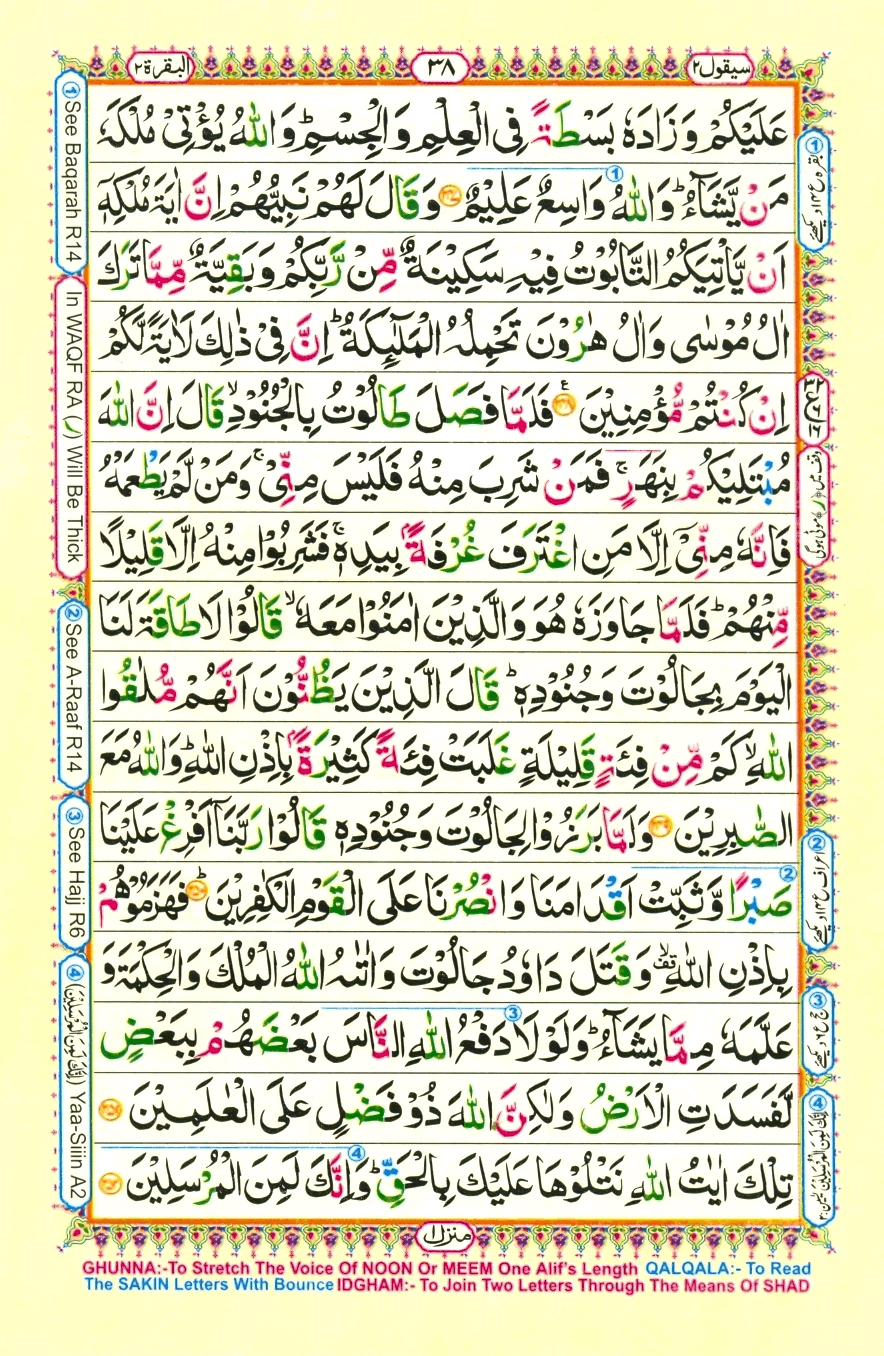
A Deep Dive into Its Significance in the Qur’an
Para 2 – Sayaqoolu refers to the second section of the Qur’an, specifically within Surah Al-Baqarah, where the term “Sayaqoolu” is mentioned. This para is essential for understanding a pivotal moment in Islamic history, the significance of the Qiblah change, and the deeper lessons imparted to the Muslim community.
The Historical Context of “Sayaqoolu”
The context of Para 2 – Sayaqoolu dates back to the early days of Islam when the Prophet Muhammad (PBUH) and his followers were still establishing their identity in Madinah. Initially, Muslims were directed to pray towards Al-Masjid Al-Aqsa in Jerusalem, a site of great importance in both Jewish and Christian traditions. However, about 16 to 18 months after the migration to Madinah, Allah revealed a new command to change the Qiblah to the Ka’bah in Makkah.
This command marked a crucial turning point for the Muslim community. It symbolized not just a geographical shift in prayer but a profound change in their religious identity. The Ka’bah, built by the Prophet Ibrahim (Abraham) and his son Ismail (Ishmael), represented monotheism and served as a physical and spiritual center for the Islamic faith.
The Criticism: “Sayaqoolu” as a Reflection of Doubts
The term “Sayaqoolu” translates to “they will say,” and it captures the skepticism and criticism faced by the Prophet and his followers. When the Qiblah changed, some members of the Jewish community in Madinah questioned this shift, mocking the Muslims for abandoning what they considered a long-held tradition. The verse begins with “Sayaqoolu as-sufahā’u min an-nāsi”, meaning “The foolish among the people will say, ‘What has turned them away from their Qiblah, which they used to face?'”
This criticism reflected a misunderstanding of the divine wisdom behind the command. Allah was aware that this change would lead to confusion and doubt among some, and thus, He addressed these concerns directly. The term “foolish” emphasizes the lack of insight those critics had regarding Allah’s plan. It was a reminder that human logic might not always comprehend divine decisions, highlighting the importance of faith and trust in Allah’s wisdom.
Divine Wisdom Behind the Change
In the Para 2 – Sayaqoolu, Allah reassures the believers that He is the ultimate authority over all matters. The verses following “Sayaqoolu” emphasize that the east and the west belong to Allah, and He guides whom He wills to a straight path. This message serves as a reminder that the command to change the Qiblah was part of a divine plan meant to test the faith of the believers.
The shift to the Ka’bah reestablished the connection to the original message of monotheism taught by Ibrahim. It was also a declaration of the Muslims’ unique identity as a distinct community separate from previous Abrahamic faiths. This command served to unify the Muslim community under a common direction of worship, reinforcing their collective identity and purpose.
Unity and Identity in “Sayaqoolu”
The “Sayaqoolu” para emphasizes the importance of unity within the Muslim community. By changing the Qiblah to the Ka’bah, Allah was creating a central point of worship that all Muslims would face, regardless of their geographical location. This unified direction symbolizes the shared belief in one God and one community.
In this context, Para 2 – Sayaqoolu also illustrates the idea of Ummah, the global community of Muslims. When they pray together, they embody a sense of equality and brotherhood, transcending cultural and geographical differences. This unity is crucial for maintaining the strength and integrity of the Muslim community, particularly in times of trial and tribulation.
Tests of Faith in “Sayaqoolu”
The change in Qiblah was also a significant test of faith for early Muslims. Those who truly believed in the Prophet Muhammad (PBUH) demonstrated their faith through obedience to Allah’s command. The “Sayaqoolu” para serves as a reminder that believers may face challenges and skepticism, but steadfastness in faith is a hallmark of true devotion.
This period of testing was essential for solidifying the beliefs of the early Muslims. It helped distinguish true believers from those who were merely following the community without genuine faith. The criticisms reflected in “Sayaqoolu” underscored the need for believers to rely on their faith rather than public opinion.
Spiritual Lessons from “Sayaqoolu”
The lessons from Para 2 – Sayaqoolu extend beyond the historical context. They provide timeless guidance for Muslims today:
Trust in Divine Wisdom: The change of Qiblah reminds believers to trust in Allah’s wisdom, even when faced with challenges or criticisms. Understanding that Allah’s commands are rooted in divine knowledge can help strengthen faith.
Importance of Unity: The “Sayaqoolu” para emphasizes the importance of unity within the Muslim community. Believers should work together, support one another, and strive for collective goals, reinforcing the strength of the Ummah.
Resilience in the Face of Criticism: Believers are encouraged to remain steadfast in their faith despite external pressures or doubts. The historical context of “Sayaqoolu” illustrates that criticism often arises when people do not understand the purpose of divine commands.
Embracing Change as a Part of Faith: The shift in Qiblah serves as a reminder that change is a natural part of faith. Believers should be open to divine guidance, recognizing that growth often comes through challenges and transitions.
The Importance of Prayer: The Ka’bah being established as the direction for prayer highlights the significance of connecting with Allah through worship. Regular prayer serves as a reminder of one’s faith and commitment to following Allah’s path.
Conclusion
Para 2 – Sayaqoolu also know as Juz is a crucial section of the Qur’an that highlights significant. Themes such as unity, faith, and obedience to Allah’s commands. The term “Sayaqoolu” encapsulates the skepticism faced by the early Muslim community during a pivotal moment in their history. This para serves as a powerful reminder of the importance of faith, trust, and collective identity among Muslims.
Through the change of Qiblah, Allah established the Ka’bah as the focal point for Muslim worship. Reinforcing their unique identity and purpose. The lessons from “Sayaqoolu” remain relevant today, guiding believers to embrace their faith. Support one another, and remain steadfast in their commitment to Allah, regardless of the challenges they may face.

